Hops Plant Fertilizer: How And When To Feed Hops Plants
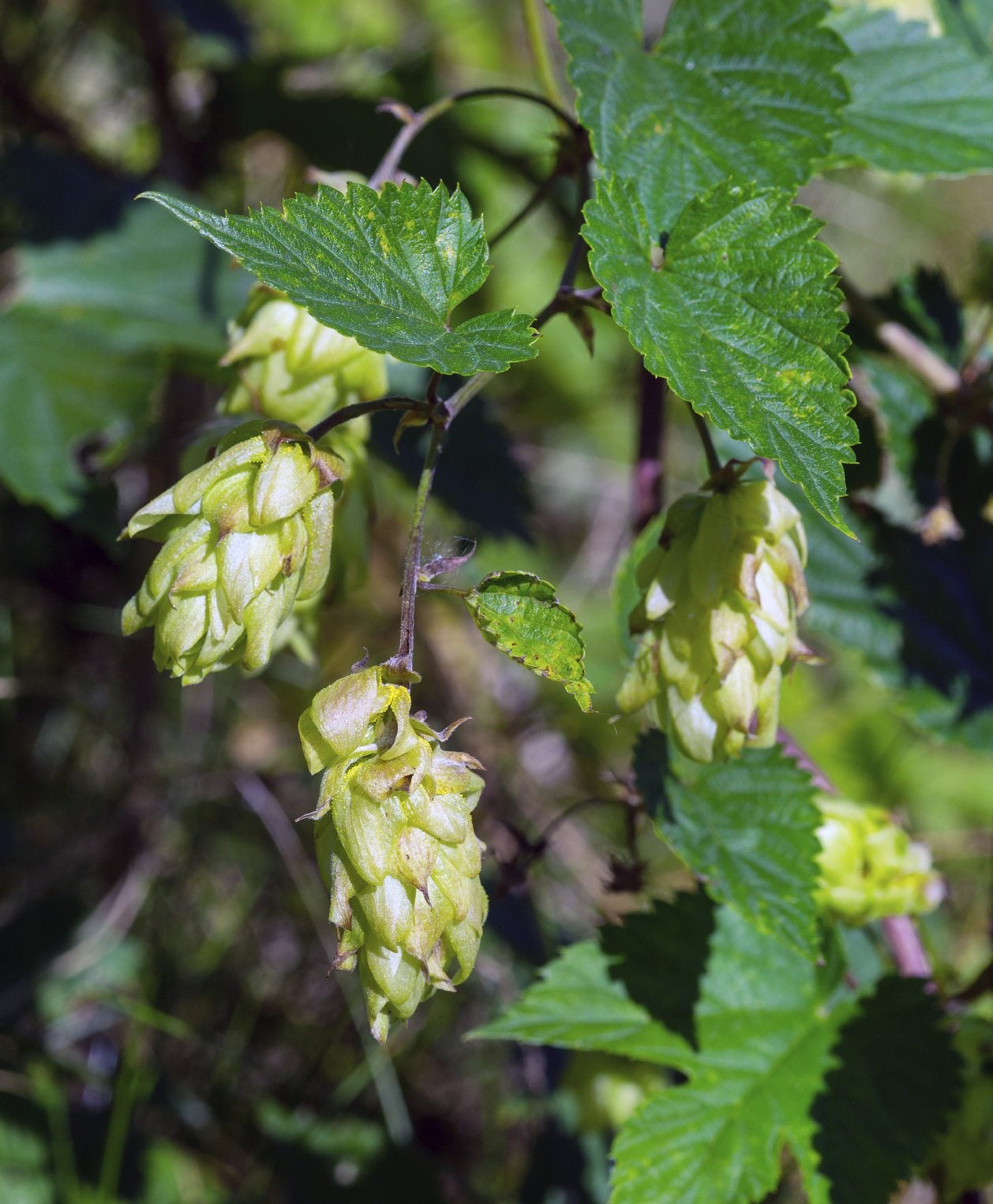
Hops (Humulus lupulus) are a rapidly growing, perennial bine. (No, that's not a typo-- while vines grab hold of things with tendrils, bines climb with the help of stiff hairs). Hardy to USDA zone 4 to 8, hops can grow up to a whopping 30 feet (9 m.) in a year! To attain this amazing size, it isn’t any wonder that they like to be fed every so often. What are hops fertilizer requirements? The following article contains is a hops fertilizer guide for how and when to feed hops plants.
Hops Fertilizer Guide
Hops fertilizer requirements include the macronutrients of nitrogen, phosphorus, and potassium. Other trace minerals are necessary for growth as well, such as boron, iron, and manganese. The correct nutrients should be in the soil prior to planting, but they must on occasion be replenished or supplemented during the growing season as the hops utilize the food to grow and produce. Run a soil test on the area where the hops will be growing if you are not going to use standard application rates of fertilizer. Test each year in the spring. Take several samples from the area to get an accurate reading. Then you can test them yourself or send them to a testing laboratory. This will give you precise information on exactly where your soil is lacking nutritionally so you can take steps to amend it.
How and When to Feed Hops Plants
Nitrogen is necessary for healthy bine growth. The standard application rate is between 100 and 150 pounds per acre (45-68 kg. per 4,000 m2) or about 3 pounds of nitrogen per 1,000 square feet (1.4 kg. per 93 m2). If your soil test results show that the nitrogen level is below 6 ppm, add nitrogen at this standard application rate. When should you apply nitrogen hops plant fertilizer? Apply nitrogen in late spring to early summer in the form of commercial fertilizer, organic matter, or manure. Phosphorous is needed in far lesser amounts than nitrogen. Hops plants have a low phosphorous requirement and, in fact, fertilizing hops plants with additional phosphorous has little effect. A soil test will tell you if, indeed, you even need to apply any additional phosphorous. If the results are less than 4 ppm, add 3 pounds of phosphorous fertilizer per 1,000 square feet (1.4 kg. per 93 m2). If the results are between 8 and 12 ppm, fertilize at a rate of 1 to 1.5 pounds per 1,000 square feet (0.5-0.7 kg. per 93 m2). Soils with a concentration of over 16 ppm do not need any additional phosphorous. Potassium is next in importance for growing hops. Fertilizing hops plants with potassium ensures healthy cone production as well as bine and foliage health. The standard application rate for potassium is between 80 and 150 pounds per acre (36-68 kg. per 4,000 m2), but your soil test with help to determine the exact ratio. If the test result is between 0 and 100 ppm, fertilizer with 80 to 120 pounds of potassium per acre (36-54 kg. per 4,000 m2). If the results say the levels are between 100 and 200 ppm, apply up to 80 pounds per acre (36 kg. per 4,000 m2).
Gardening tips, videos, info and more delivered right to your inbox!
Sign up for the Gardening Know How newsletter today and receive a free copy of our e-book "How to Grow Delicious Tomatoes".

Amy Grant has been gardening for 30 years and writing for 15. A professional chef and caterer, Amy's area of expertise is culinary gardening.
-
 Looking For Plants To Give You The Soft And Fuzzies? Try These 5 Fuzzy Leaf Plant Options
Looking For Plants To Give You The Soft And Fuzzies? Try These 5 Fuzzy Leaf Plant OptionsLovers of texture, drama, silver foliage and tactile plants will adore these special sensory garden additions. These fuzzy leaf plant options will leave you all aglow
By Susan Albert
-
 Get Ready For A Summer Of Hummers! Grow These Full Sun Hummingbird Plants and Flowers
Get Ready For A Summer Of Hummers! Grow These Full Sun Hummingbird Plants and FlowersIf you’re lucky enough to enjoy a sunny backyard, make sure you are maxing out on your pollinator opportunities and grow these full sun hummingbird plants and flowers
By Tonya Barnett
-
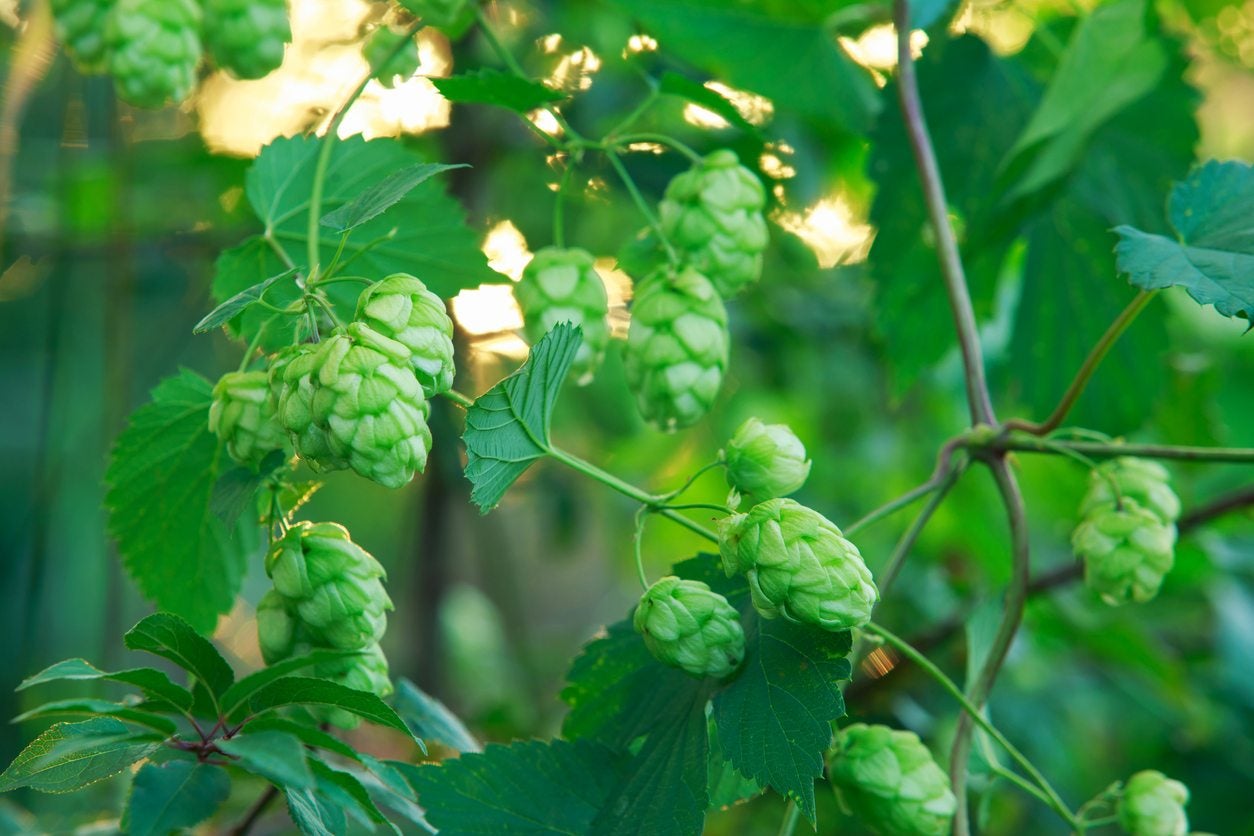 Hops Plant Pruning: When And How To Prune A Hops Plant
Hops Plant Pruning: When And How To Prune A Hops PlantIf you're a home brewer, there's nothing more satisfying than growing your own hops. But hops are long, fast growing vines that require some strategic pruning to get the most out of them. Learn more about how to prune a hops plant in this article.
By Liz Baessler
-
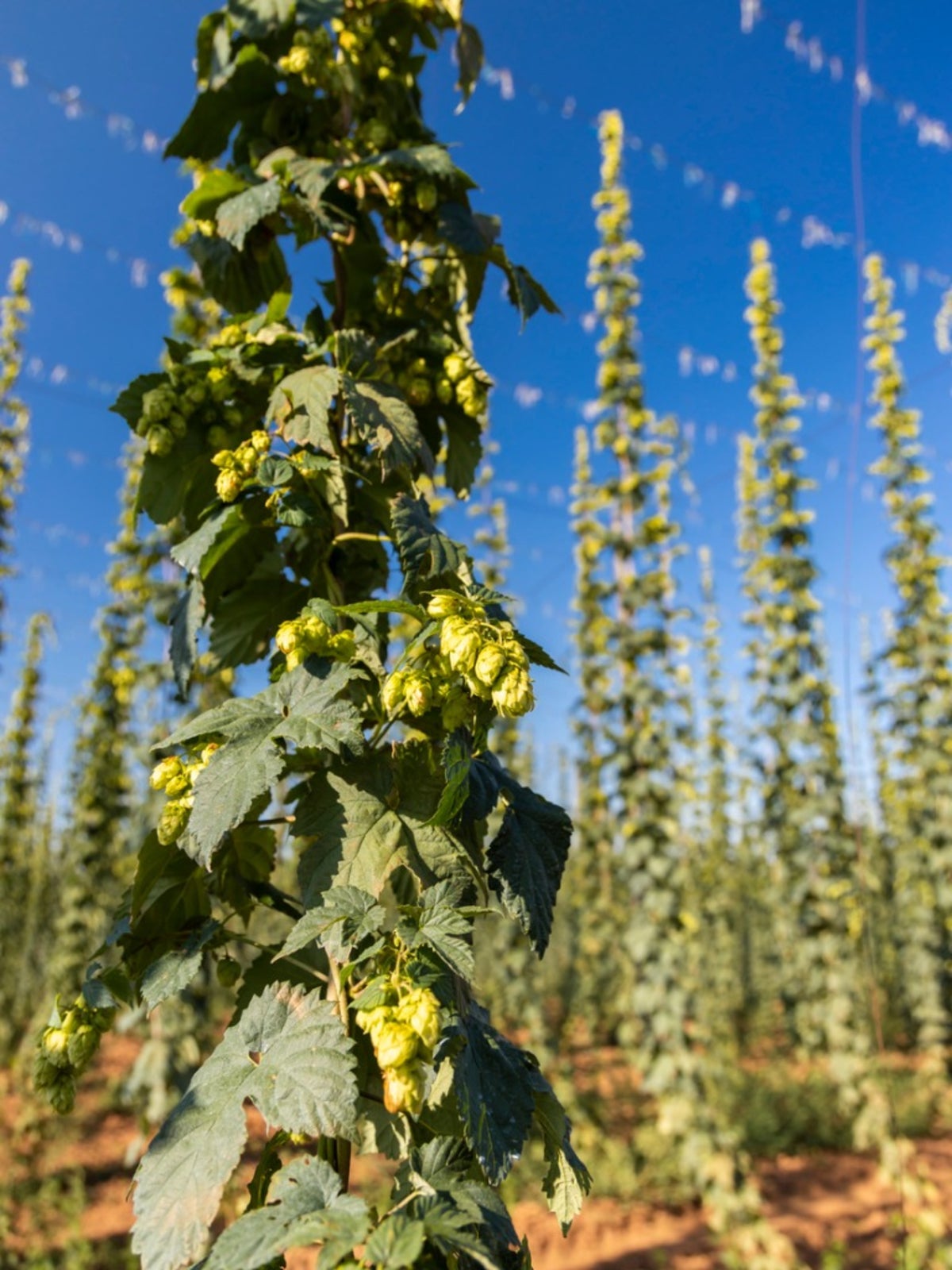 Hops Companion Plants: Learn What To Plant With Hops In Gardens
Hops Companion Plants: Learn What To Plant With Hops In GardensCompanion planting with hops can enhance crop growth and provide a decoy for pesky critters. That said, hop vines are aggressive growers so companion plants need to be considered carefully. This article can help with that.
By Bonnie L. Grant
-
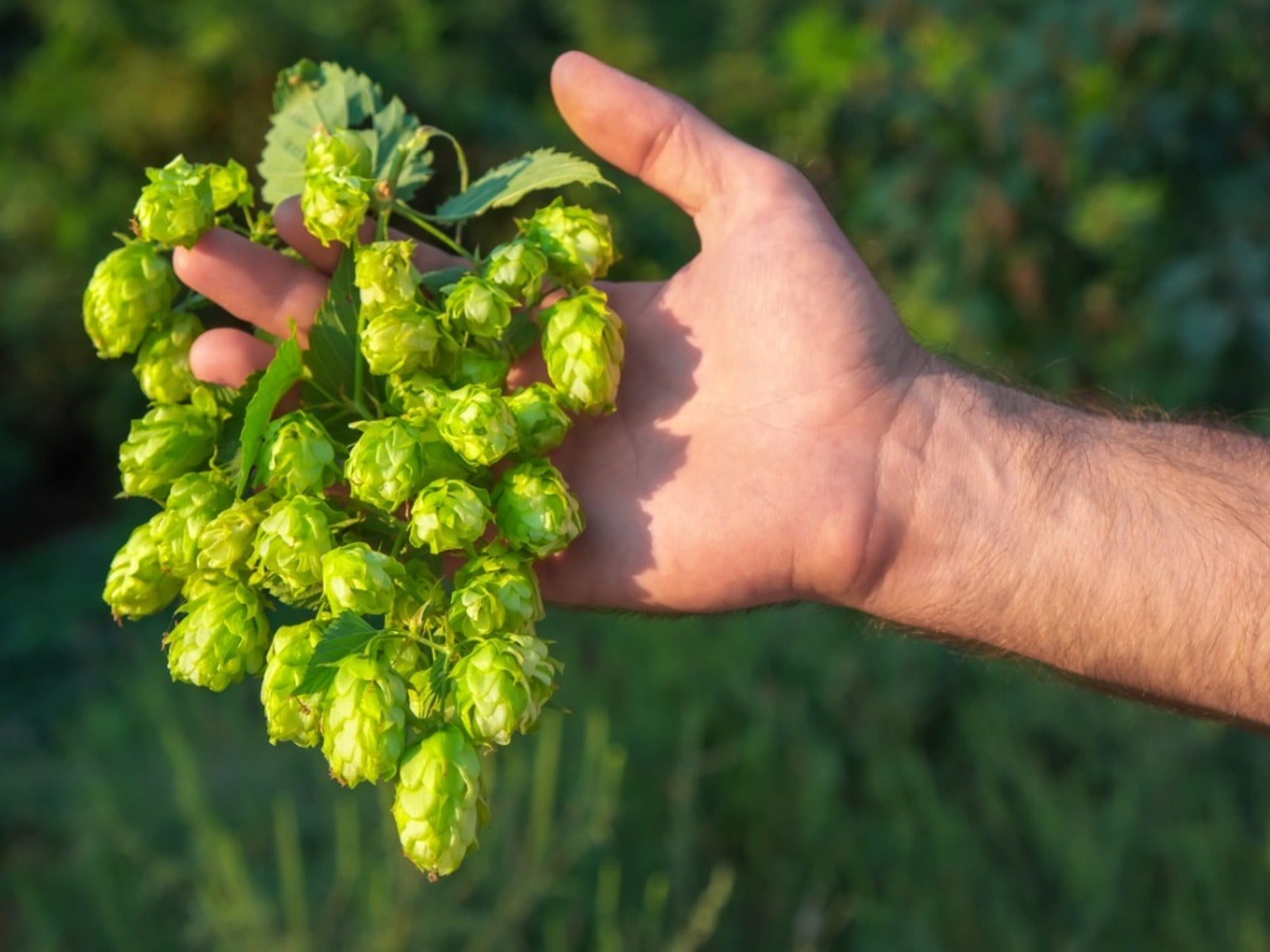 Harvesting Hops Plants: When Is Hops Harvest Season
Harvesting Hops Plants: When Is Hops Harvest SeasonAre you a home brewer? If you have some extra space in your garden, consider growing your own hops to make your beer even more personal.
By Liz Baessler
-
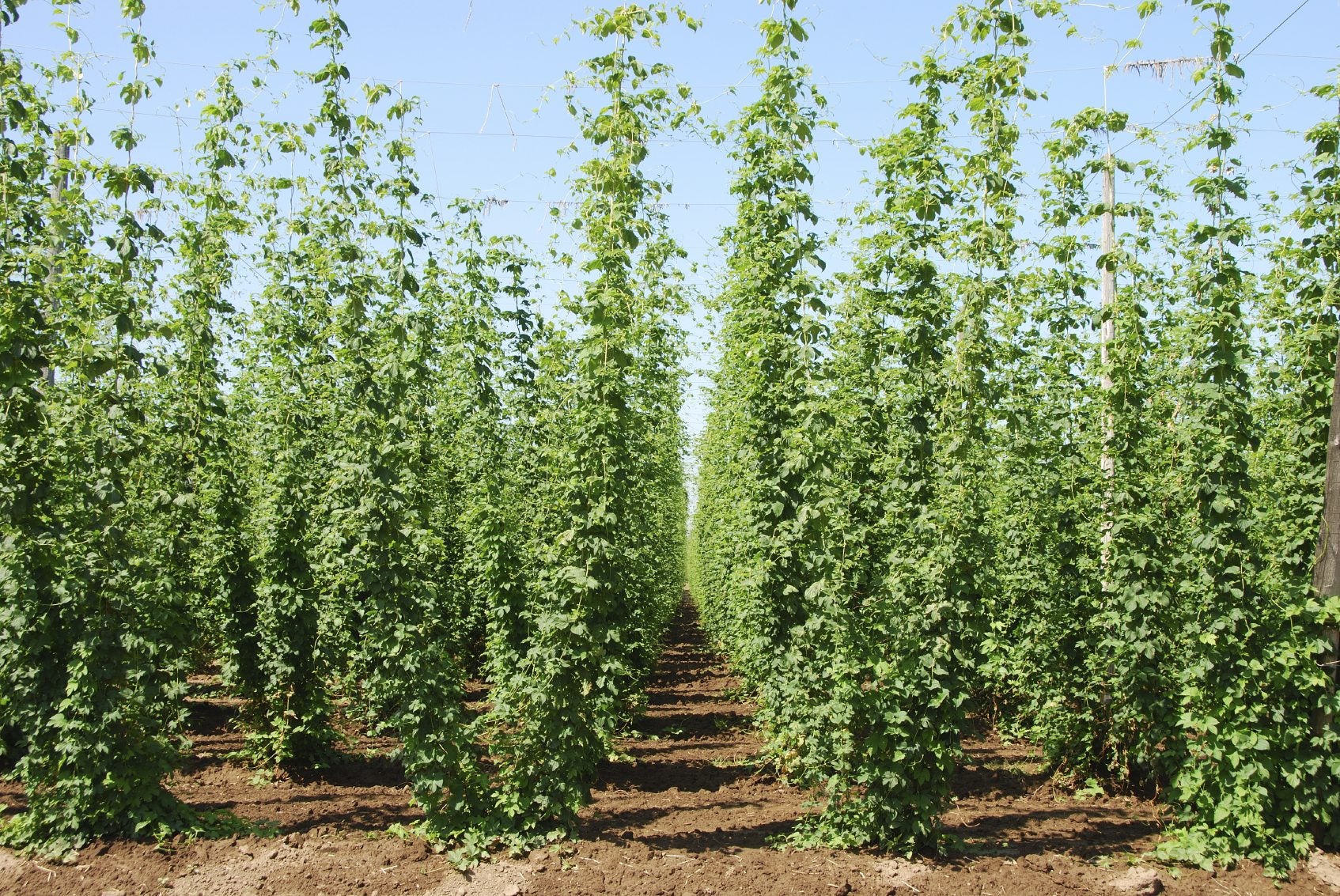 Hops Spacing Requirements – Tips On Plant Spacing For Hops
Hops Spacing Requirements – Tips On Plant Spacing For HopsMost people know that hops are used to make beer, but did you know that the hop plant is a fast-climbing vine? If you decide to grow hops, give a thought to hops plant spacing. This article has more information on spacing requirements for hops.
By Teo Spengler
-
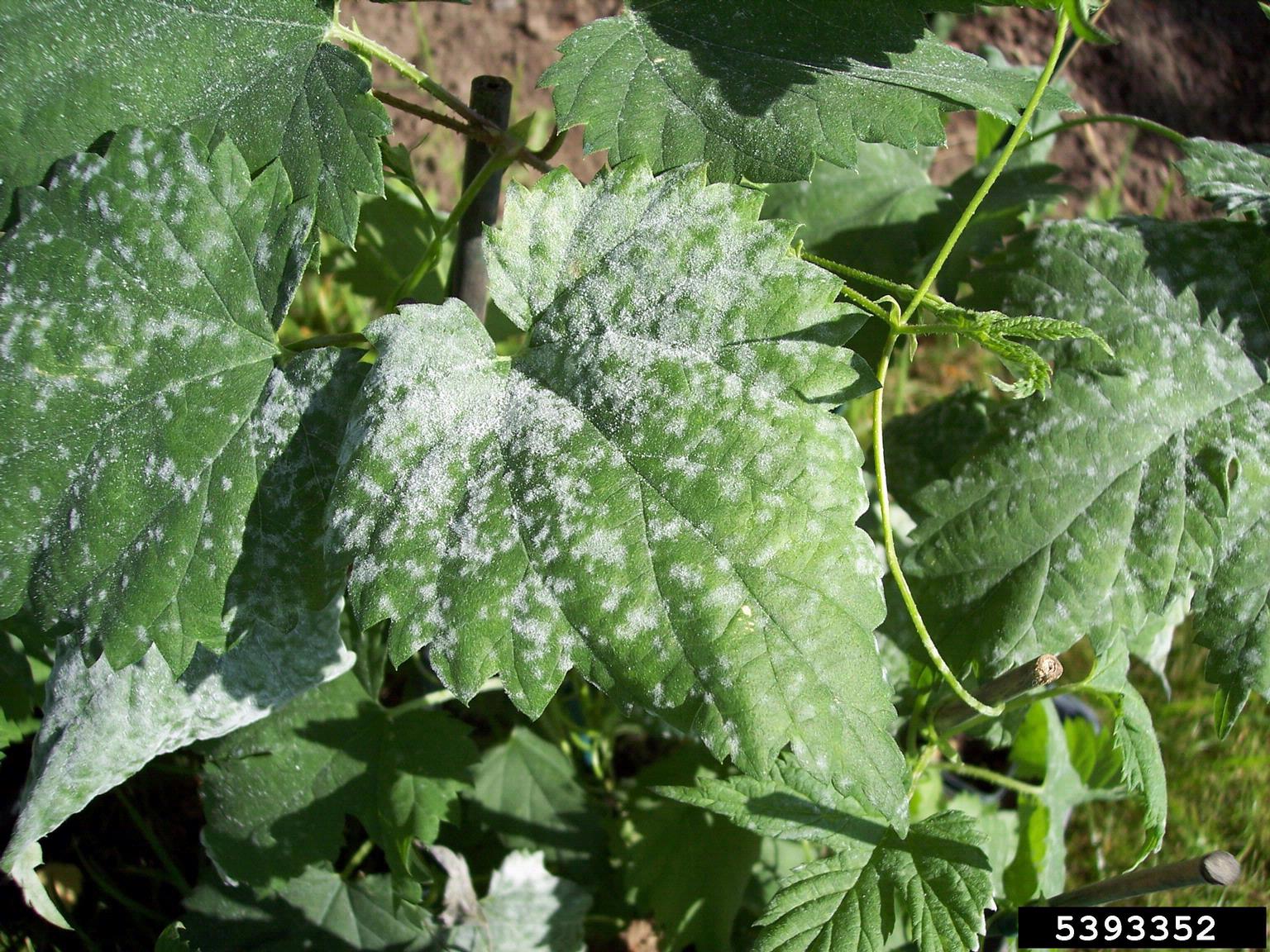 Hops Plant Diseases: Treating Diseases Affecting Hops Plants In Gardens
Hops Plant Diseases: Treating Diseases Affecting Hops Plants In GardensAs prolific as hops can be, the plant may still be afflicted with hops plant diseases. For a fruitful crop, it's important to learn about diseases affecting hops in order to treat hops plant problems ASAP. This article should help with that.
By Amy Grant
-
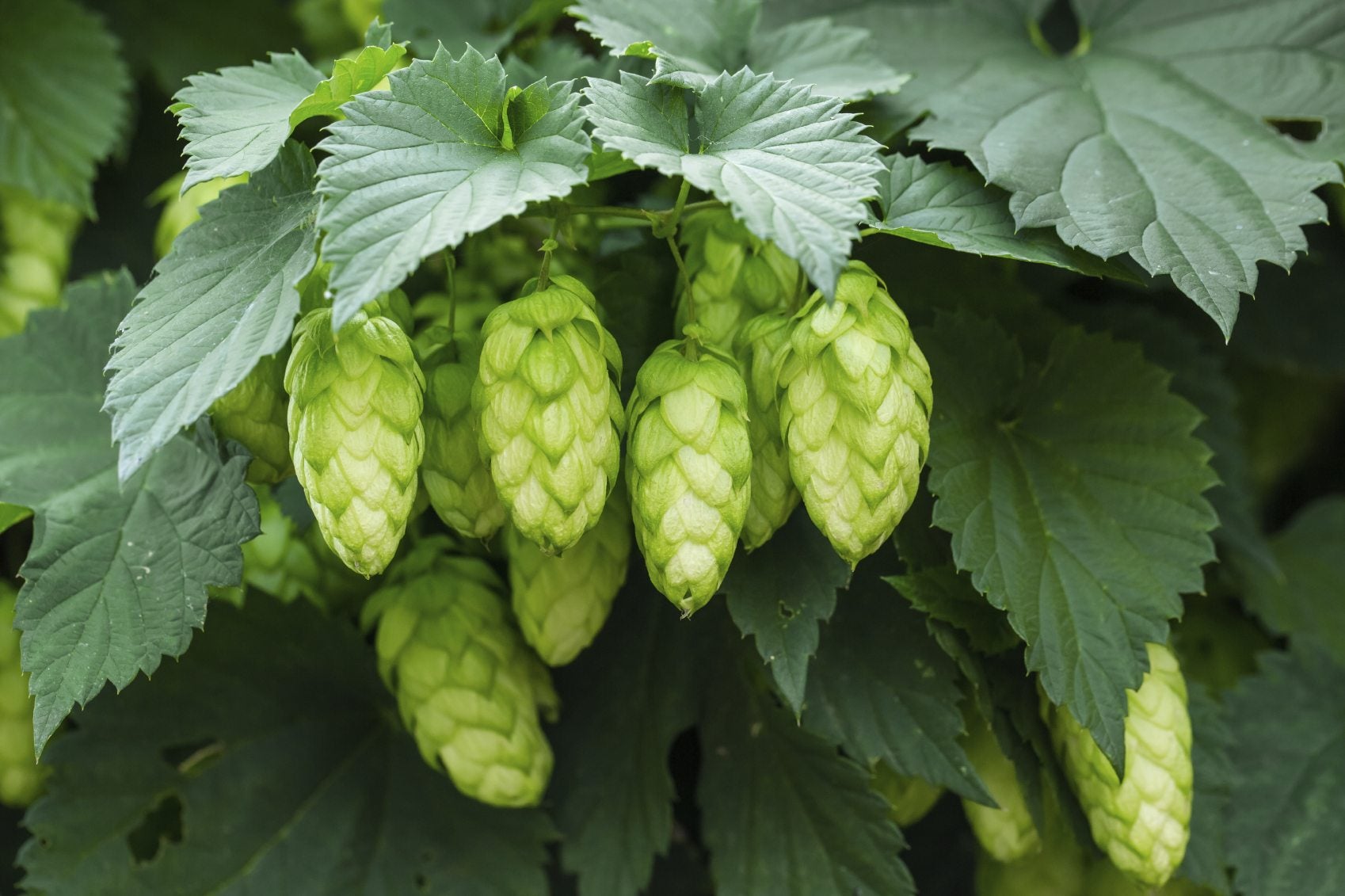 Reasons For No Cones On Hops: How To Get Cones On Hops Plants
Reasons For No Cones On Hops: How To Get Cones On Hops PlantsHops with no cones may be due to the time of the year, cultivation practices, or the age of the vines. Professional growers know how to get cones on hops plants and you can too with a little advice and some tips from the trade. This article will help.
By Bonnie L. Grant
-
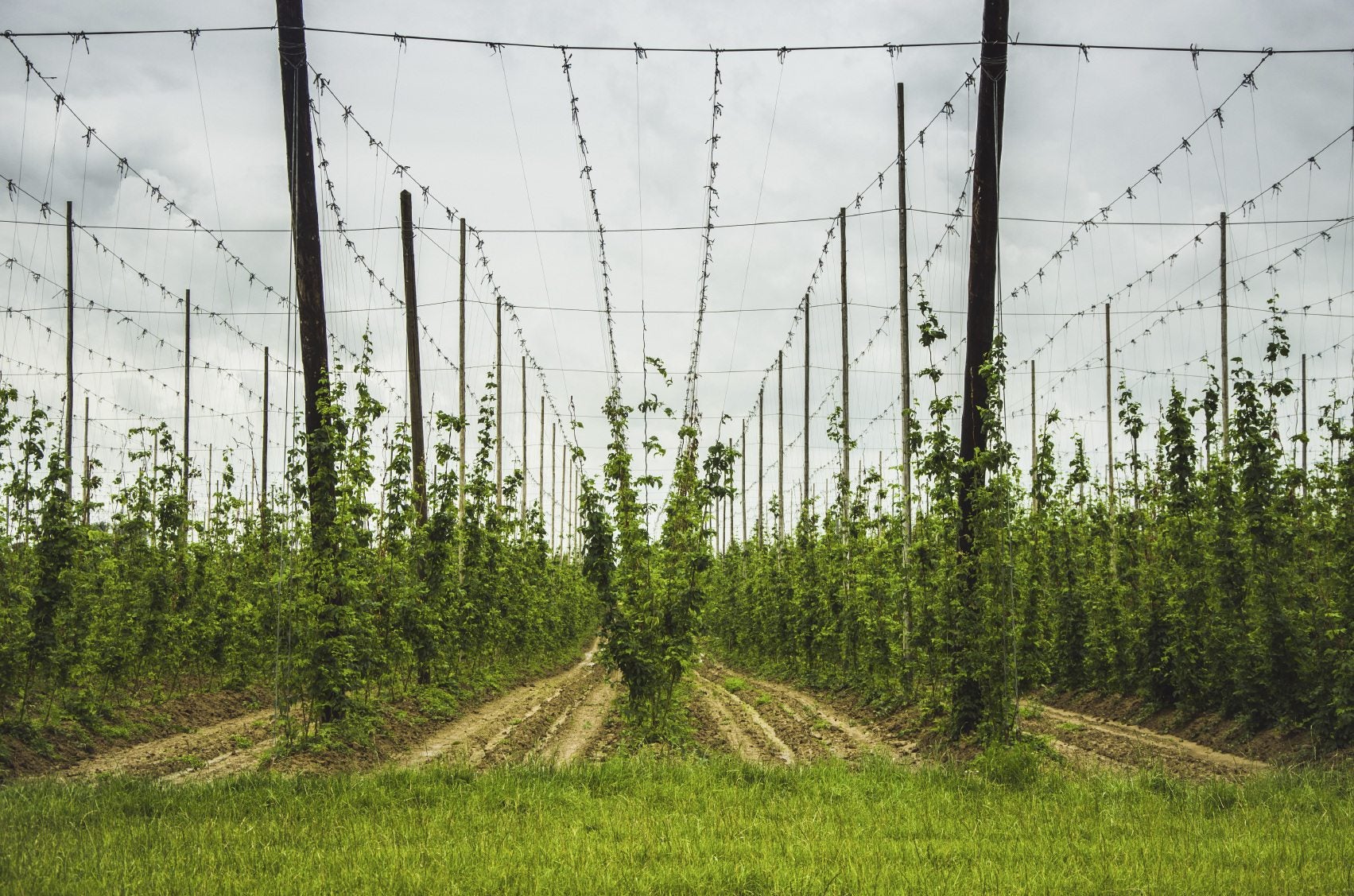 Support For Hops Vines: Learn About Hops Plant Support
Support For Hops Vines: Learn About Hops Plant SupportHops can grow up to 12 inches (30.5 cm.) a day. These rampant climbers need a sturdy trellis of appropriate height to accommodate their size. The following article contains information on the best support for hops plants and building a trellis for hops.
By Amy Grant
-
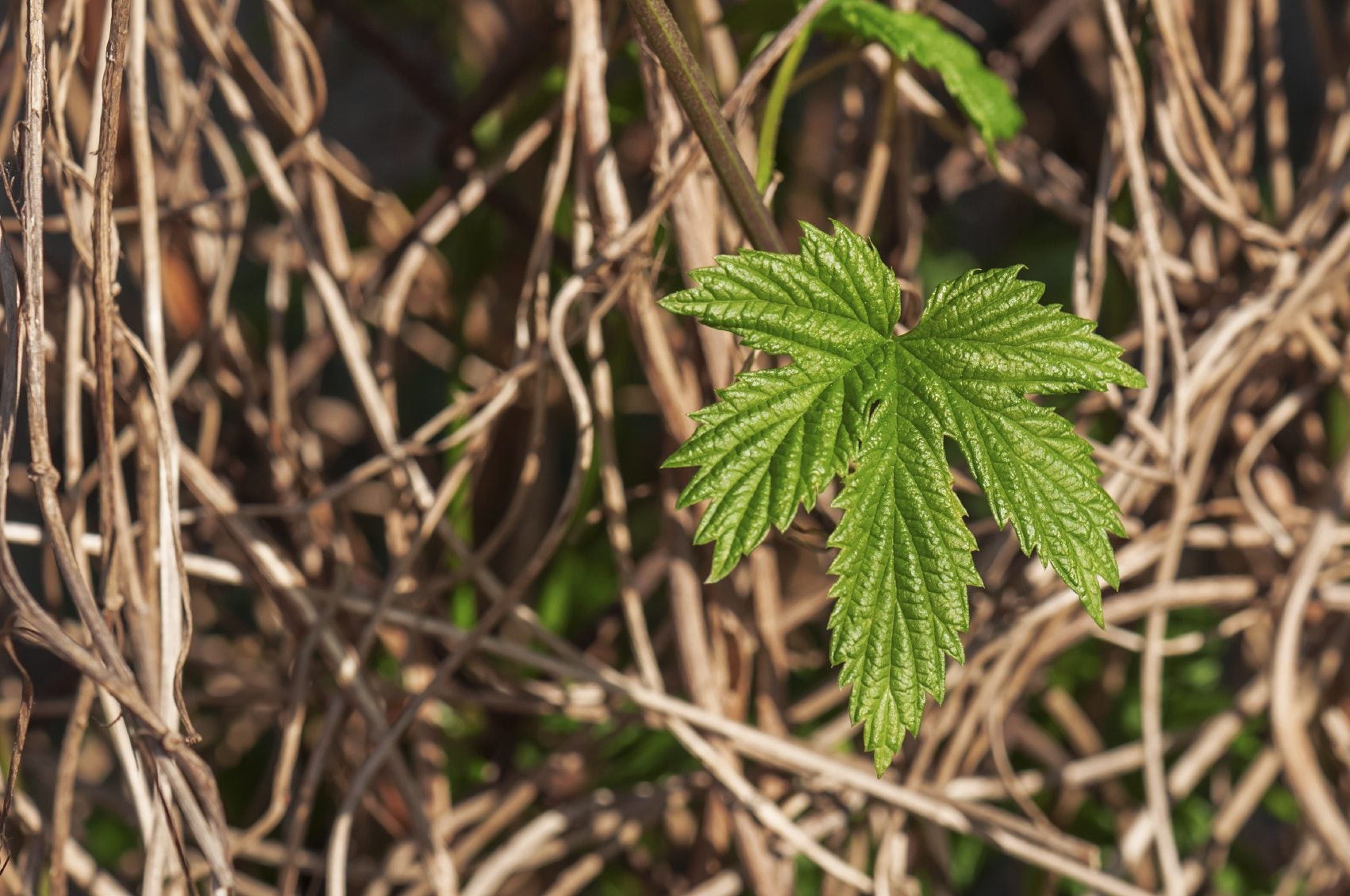 Propagating Hops Plants: Planting Hops From Clippings And Rhizomes
Propagating Hops Plants: Planting Hops From Clippings And RhizomesHops plant propagation is primarily from root cuttings. Planting hops from clippings will result in identical clones to the parent hop plant. Here are some surefire tips on how to propagate hops plant for beautiful vines and copious cones.
By Bonnie L. Grant